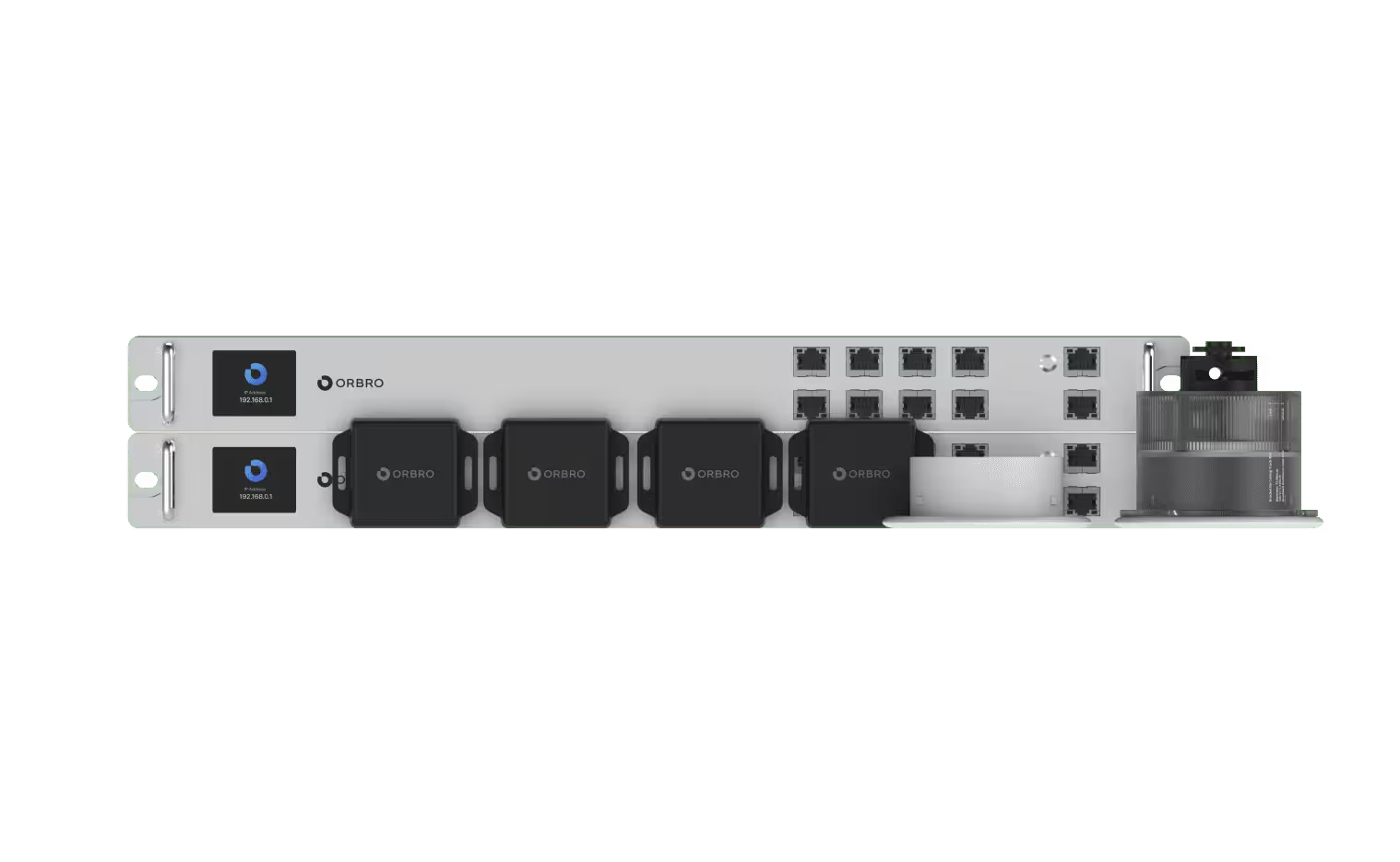도입이 처음이신가요?
ORBRO 전문가가 직접 상황을 분석하고
최적의 솔루션을 제안해드립니다.

Smart Parking System

What Is Smart Parking?
Smart parking is a parking space that utilizes advanced technology and infrastructure to address parking issues in modern urban environments and efficiently manage parking. Such parking spaces integrate various technological elements to optimize the parking process and provide a more convenient experience for vehicle users.
To implement such a system, digital twin technology must be applied to create a digital representation identical to the real-world parking lot and transmit data. The key features and functions include the following:
Smart Parking Features
Smart parking offers various features that improve parking management and user experience using various advanced technologies. These features benefit both parking lot administrators and vehicle users, helping to solve urban parking problems. Here is a list of key features typically offered in smart parking:
• 실시간 위치 추적 : AI 카메라, 센서 및 IoT 기술을 사용하여 주차장 내의 차량 위치를 실시간으로 추적하고 관리합니다. 이를 통해 빈 주차 공간을 신속하게 식별할 수 있습니다.
• 주차 가이드 및 안내 : 사용자에게 빈 주차 공간의 위치를 안내해주는 모바일 앱 또는 디스플레이를 통해 주차를 더 쉽게 할 수 있습니다.
• 주차 예약 : 사용자는 원격으로 주차 공간을 예약할 수 있으며, 도착 전에 주차 공간을 확보할 수 있습니다.
• 유동인구 분석 : 주차장 내부의 센서와 카메라를 사용하여 어느 시간대에 주차장이 가장 혼잡한지를 분석하고 이용자에게 이 정보를 제공합니다.
• 번호판 인식 : 차량의 번호판을 인식하여 불법 주차, 주차 시간 초과 및 기타 위반 사항을 자동으로 감지하고 관리합니다.
• 보안 및 안전 : 주차장 내부에 CCTV 카메라와 센서를 설치하여 차량 및 주차장 내의 안전을 강화합니다.
• 데이터 분석과 최적화 : 수집된 데이터를 분석하여 주차장 운영을 최적화하고 개선점을 찾습니다. 이를 통해 주차장 관리자는 자원을 효율적으로 활용할 수 있습니다.
Smart Parking Technology
AI Cameras and Vision Technology
AI cameras are camera systems based on advanced computer vision technology. They are used to monitor and analyze all activities within the parking lot. For example, they can real-time detect and recognize vehicle license plates, vehicle types, colors, vehicle locations, and directions. This information is used to optimize parking lot operations and provide parking information to vehicle users. It is also used to identify and manage illegal parking and violations.
Internet of Things (IoT)
IoT is a technology that collects and transmits data through various sensors and devices installed in the parking lot. Sensors collect various real-time information such as vehicle movements, parking slot availability, temperature, humidity, and more. This information is used for parking lot operations and management, monitoring parking lot conditions, and providing a convenient parking environment for vehicle users.
Mobile Apps and Web Services
Mobile apps and web services are used to provide parking information to vehicle users and manage the parking process. Users can use the mobile app to check the location of empty parking spaces, make reservations, pay parking fees, and monitor parking status. Additionally, web services allow users to access and manage parking information from computer browsers, providing various conveniences to users.
Big Data Analysis
Big data analysis refers to the process of in-depth analysis of the large amount of data collected in smart parking lots. The collected data is analyzed from various aspects, including user behavior patterns, parking lot congestion, and the effectiveness of parking fee policies.
• 주차장 운영 최적화 : 주차장의 운영 시간, 주차 슬롯 배치, 주차 요금 정책 등을 최적화하여 효율성을 향상시킵니다.
• 사용자 경험 향상 : 사용자들의 행동을 이해하고, 이에 기반하여 주차 프로세스를 개선하여 사용자 경험을 향상시킵니다.
• 수익 증대 : 빅 데이터 분석을 통해 주차 요금 정책을 최적화하고, 수익을 증대시키는 방법을 찾습니다.
• 예측 모델 개발 : 데이터 분석을 통해 향후 주차 공간 가용성, 주차 수요 등을 예측하는 모델을 개발하여 운영을 계획합니다.
• 문제 식별과 대응 : 데이터 분석을 통해 주차장 내 문제점을 식별하고 빠른 대응 조치를 취합니다. 예를 들어, 주차장 내의 혼잡을 예방하기 위해 추가 주차 공간을 할당할 수 있습니다.
Smart Parking Examples
South Korea Rest Areas - Beacon-Based Parking Management
Some parking lots in South Korea operate smart parking using beacon technology. Beacons are integrated with mobile apps to provide real-time parking space availability and manage vehicle entry and exit. They also provide users with parking information through the mobile app and facilitate easy payments.
Los Angeles, USA - Real-time Parking Information
Los Angeles has implemented smart parking lots to solve parking problems in downtown areas and provide real-time parking information services. Through this service, drivers can check the location of available parking spaces and parking fee information on a mobile app, making parking more convenient.
Shanghai, China - Autonomous Parking Robots
Some parking lots in Shanghai use autonomous parking robots to automatically park and retrieve vehicles in parking spaces. Drivers can utilize the robot system by dropping off their vehicles at the entrance of the parking lot, reducing parking time and enhancing convenience.
Tokyo, Japan - Automatic Parking Fee Payment
Some parking lots in Tokyo automatically calculate and process parking fees through license plate recognition technology and mobile apps. This allows drivers to leave the parking lot quickly and eliminates the hassle of paying with cash or credit cards.
Future Outlook for Smart Parking
In the future, smart parking is expected to play an even more crucial role, integrating with autonomous vehicles to optimize parking processes and utilize automatic parking features. Furthermore, advancements in high-speed data communication technology will facilitate real-time data sharing, while machine learning and artificial intelligence technologies will enhance parking predictions and user pattern analysis. Smart parking will be integrated into smart city projects as a key component for traffic management and control, and parking data will be used for urban planning and congestion management. Security technologies are also expected to be further strengthened, ensuring the safety of vehicles and parking facilities.
관련 제품
작업자 위치추적 패키지
UWB 단말기를 작업자 또는 장비에 부착하여, 실시간으로 위치 추적을 돕는 제품입니다.


오브로 솔루션 소개
공유하기









